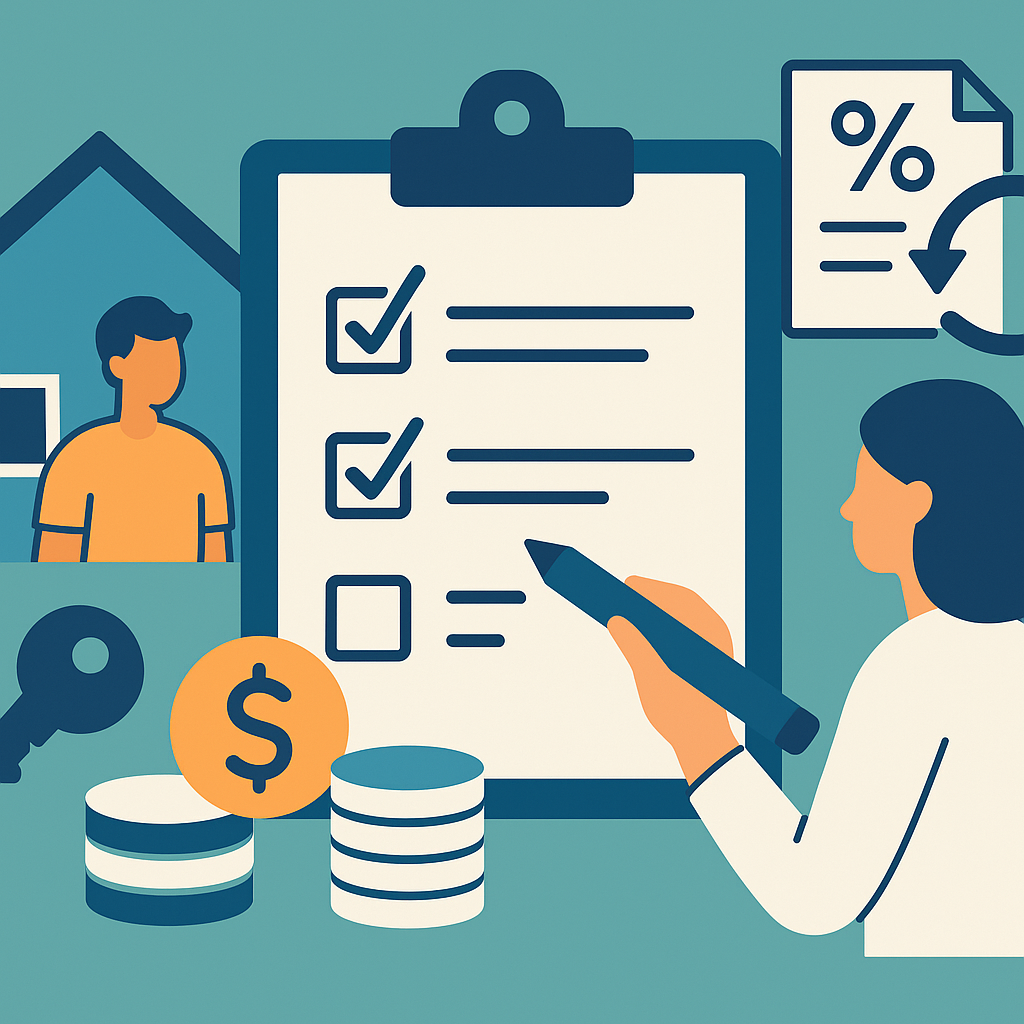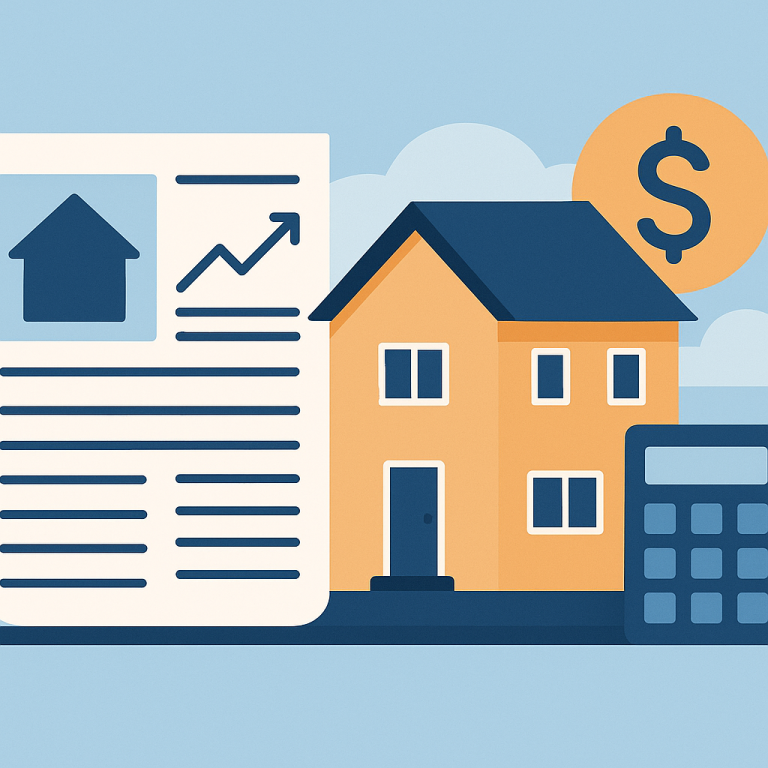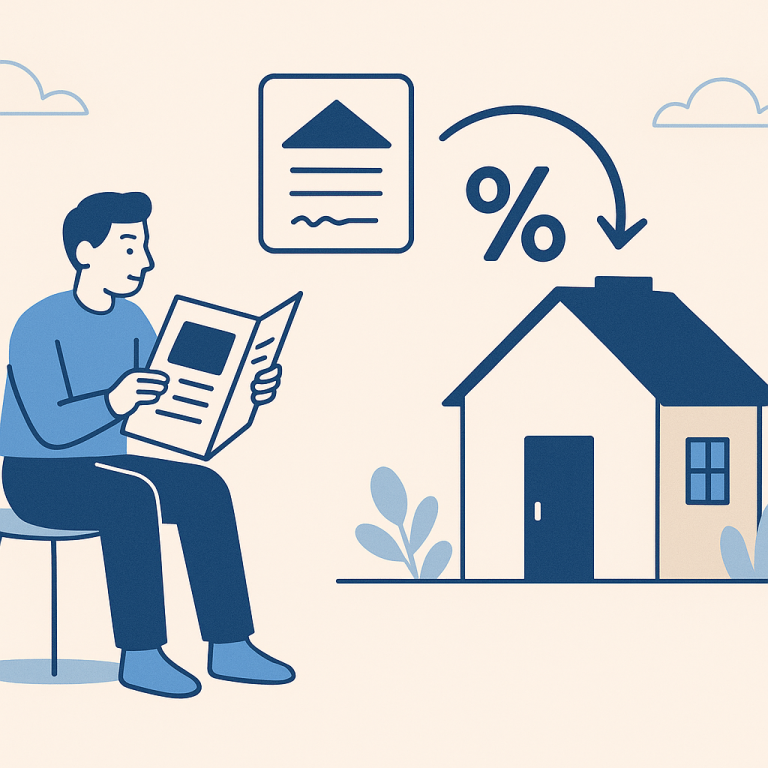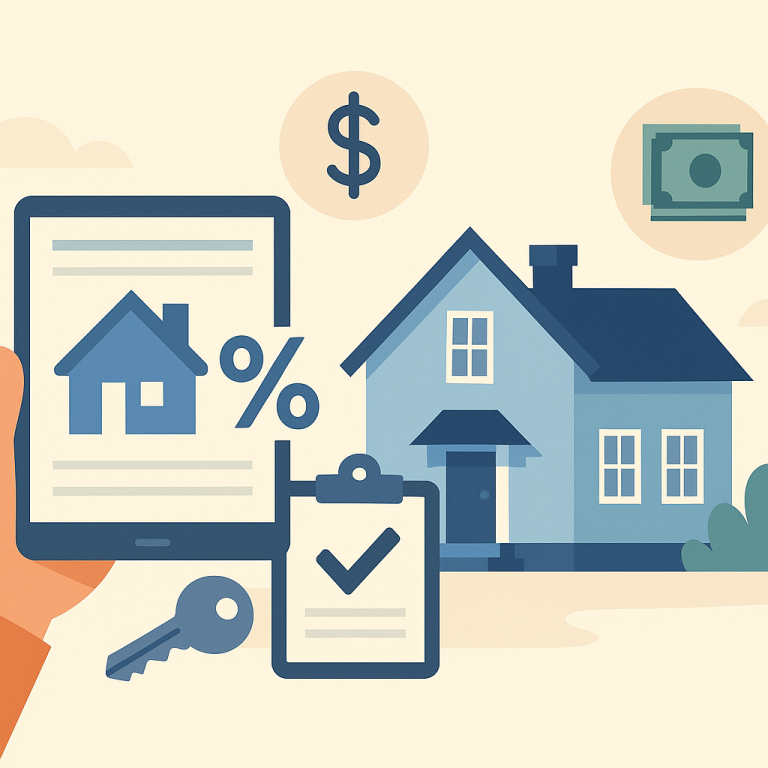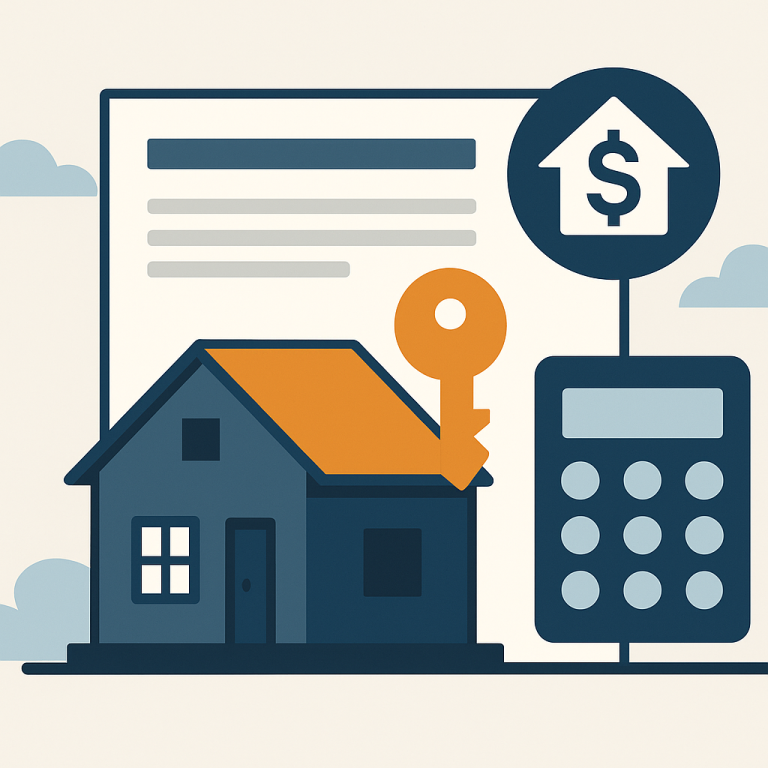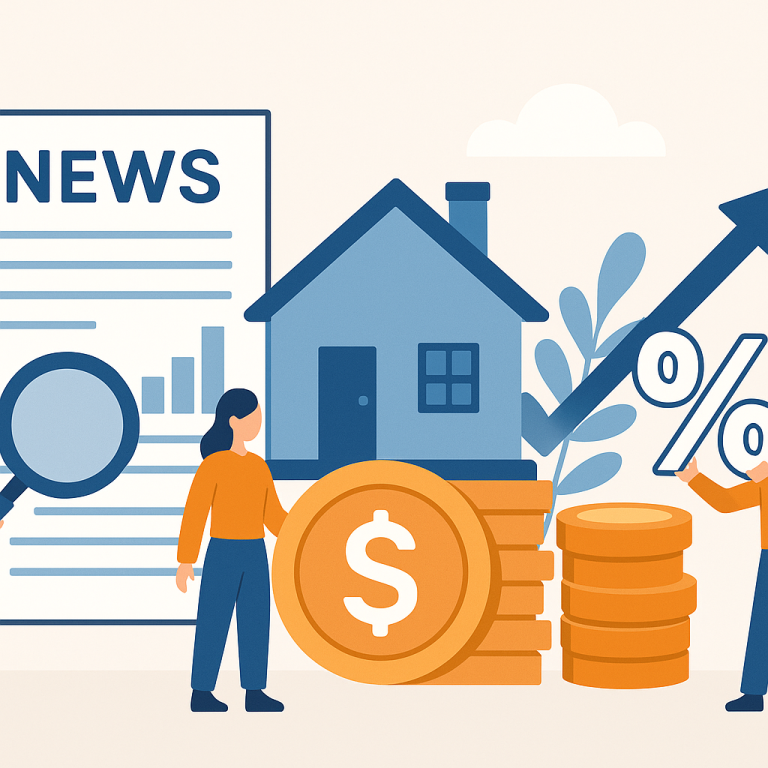Refinance guide rate-and-term refinance vs cash-out
Rate-and-Term Refinance vs Cash-Out Refinance: Which Is Right for Your Home?
Refinancing your mortgage can be a smart move to reduce monthly payments, shorten the loan term, or tap home equity. Two common refinance types are a rate-and-term refinance and a cash-out refinance. Understanding how they differ — and the trade-offs involved — helps you choose the right path for your financial goals.
What each refinance is and when it makes sense
Rate-and-term refinance replaces your existing mortgage with a new loan that changes the interest rate, the loan term, or both, without increasing the principal balance (other than allowable closing costs). It makes sense when you want to lower your interest rate, move from an adjustable to a fixed rate, shorten the loan term to build equity faster, or reduce monthly payments without borrowing additional funds.
Cash-out refinance replaces your current mortgage with a larger loan, allowing you to receive the difference in cash. This is useful when you need funds for major home improvements, debt consolidation, college tuition, or other large expenses. It’s appropriate if you have sufficient equity and can responsibly use the proceeds to improve net worth or consolidate higher-cost debt.
Benefits and drawbacks
Rate-and-term refinance — benefits
- Lower interest rate and monthly payment (if you qualify).
- Ability to shorten the term to pay off the mortgage sooner.
- No increase in total loan balance beyond closing costs.
- Often easier approval than cash-out because you’re not taking additional funds.
Rate-and-term refinance — drawbacks
- Closing costs can erase near-term savings; must calculate breakeven.
- Extending the term can increase total interest paid if you reset to a longer schedule.
Cash-out refinance — benefits
- Access to potentially large lump-sum funds at lower rates than many unsecured loans or credit cards.
- Can be used to invest in home improvements that increase property value or to consolidate higher-interest debt.
- May simplify finances by rolling multiple debts into one payment.
Cash-out refinance — drawbacks
- Interest rates are typically higher than rate-and-term refis and may be higher than your current rate.
- You increase your mortgage balance and reduce home equity, which increases foreclosure risk if you cannot make payments.
- May trigger mortgage insurance if your loan-to-value (LTV) exceeds certain thresholds.
Costs and fees to expect
Both refinance types involve similar closing costs, though cash-out refinances can be slightly more expensive. Expect total closing costs typically ranging from about 2% to 5% of the new loan amount. Common fees include:
- Appraisal fee ($300–$700 or more, depending on location and property type)
- Loan origination fee or points (0.5%–1% of loan amount or more if buying down the rate)
- Title insurance and closing/escrow fees
- Credit report, underwriting, and processing fees
- Recording fees and prepayment penalties (rare but possible)
For cash-out refinances, lenders often charge higher fees and may require stricter credit and income documentation. Also consider the implied “cost” of converting unsecured debt into secured mortgage debt: longer repayment terms may reduce monthly payments but could increase total interest paid.
Step-by-step process
Refinancing follows the same basic steps whether you choose rate-and-term or cash-out:
- Define your goal: lower rate, shorten term, or access cash.
- Check current mortgage rates and estimate your breakeven point (closing costs divided by monthly savings).
- Gather documents: pay stubs, tax returns, bank statements, current mortgage statement, homeowner’s insurance info.
- Shop lenders and get Loan Estimates to compare rates, points, and fees.
- Submit a formal application and lock a rate if you’re comfortable.
- Order appraisal and complete underwriting — be ready to provide additional documentation quickly.
- Review closing disclosure, attend closing, and sign the new loan documents.
- Pay any closing costs not rolled into the loan; the new loan pays off the old mortgage (and gives you cash in a cash-out refinance).
Common pitfalls to avoid
- Not calculating the breakeven period: if you move before you recoup closing costs, refinancing may not save money.
- Rolling high-interest consumer debt into a longer-term mortgage without addressing spending habits — could pay more interest over time.
- Ignoring LTV and mortgage insurance: cash-out can push LTV over 80%, adding PMI costs.
- Extending your loan term by refinancing into a new 30-year loan without considering long-term interest costs.
- Failing to shop multiple lenders: rates, fees, and responsiveness vary widely.
Short FAQ
Q: How long until I recoup refinancing costs?
A: Calculate breakeven by dividing total closing costs by your expected monthly savings. If closing costs are $3,600 and you save $200/month, breakeven is 18 months. If you plan to move before that, refinancing may not make sense.
Q: Is cash-out refinance taxable?
A: Generally no — cash from a loan isn’t taxable income. However, interest deductibility rules are limited (mortgage interest deduction rules apply), and tax treatment can vary by use of funds, so consult a tax advisor for your situation.
Q: Can I refinance with imperfect credit?
A: Possibly. Lenders evaluate credit score, debt-to-income ratio, and equity. You may qualify but with higher rates or stricter LTV limits. Improving credit or increasing equity can improve offers.
Q: Should I consolidate credit card debt with a cash-out refinance?
A: It can lower your interest rate and monthly payment, but it converts unsecured debt into a secured mortgage. Ensure you address the habits that created the debt and compare total interest costs over time.
Refinancing can be a powerful tool when used for clear, long-term goals. Rate-and-term refis make sense when lowering interest or shortening the term is your priority. Cash-out refis are useful when you need sizable funds and have sufficient equity, but they carry greater risk and cost. Shop lenders, run the numbers, and pick the option that aligns with your timeline and financial goals.
META: rate-and-term refinance vs cash-out refinance article

